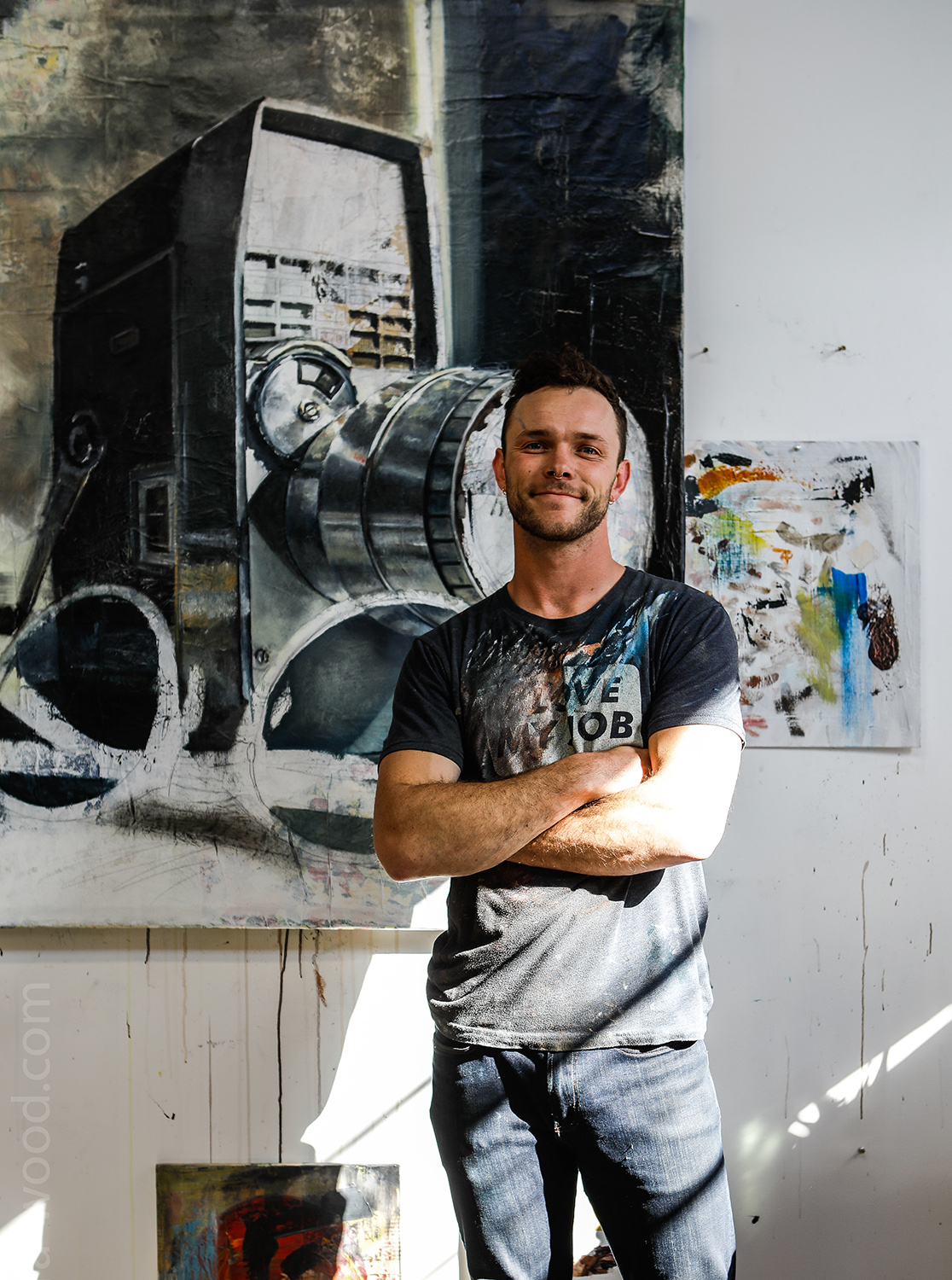We recently connected with Tucker Eason and have shared our conversation below.
Hi Tucker, thanks for joining us today. Can you talk to us about a project that’s meant a lot to you?
One project especially meaningful to me explored the stark contrast between the wealthy community I grew up in and my own blue collar upbringing within it. The experience of both belonging and inaccessibility made me hyper-aware of the subtle symbols that represent class and status.
In my series “The Valley” at Julie Zener Gallery in Mill Valley, I wanted to capture the disconnect. I chose to juxtapose everyday working-class objects with symbols of wealth—things like luxury handbags hung in conversation with hand tools, Louis Vuitton handbags alongside farm equipment, and ski goggles alongside an old saddle. This contrast allowed me to express the quiet tension of my youth and how certain objects, though they seem worlds apart, can and do coexist.
This project became a personal exploration of identity and belonging.


Awesome – so before we get into the rest of our questions, can you briefly introduce yourself to our readers.
I’m Tucker, a proud Colorado native now making art in Brooklyn, NY. My work is rooted in the honest beauty of everyday life, paying tribute to the utilitarian objects and the quiet resilience of the working class. I studied at the Art Center College of Design and Occidental College in Los Angeles, where I began honing my artistic voice, and later moved north to the Bay Area. It was there, after an inaugural group show at the DeYoung Museum, that I began developing the themes that define my practice today. Eventually, my work brought me to Brooklyn, where I’m continually inspired by the city’s contrasts.
My art practice is about honoring the overlooked—those individuals and laborers who sustain our society. I often juxtapose objects from blue-collar life with luxury icons, pairing simplicity and elegance with symbols of excess. In doing so, I strive to nod both to the commodification of the working class and to the dignity inherent in their tools and tasks. Through direct representation or symbolic objects, I aim to evoke the beauty of the analog workhorse while inviting viewers to appreciate the lives of those who are often unseen.
What sets my work apart, I believe, is this commitment to class commentary and the elegance I find in simplicity. I’m especially inspired by artists like Rauschenberg, Thiebaud, Holzer, Kiefer, and Baldessari—artists who aren’t afraid to make a statement about society. Through long studio hours and dedication, I’ve built a practice that challenges viewers to consider what we value and what we overlook.
If there’s one thing I’d like people to know about my work, it’s that it serves as a commendation to those who form the backbone of our communities. My art is a tribute to their lives, their tools, and their resilience, creating a space for dialogue about class, labor, and the quiet power of the everyday.
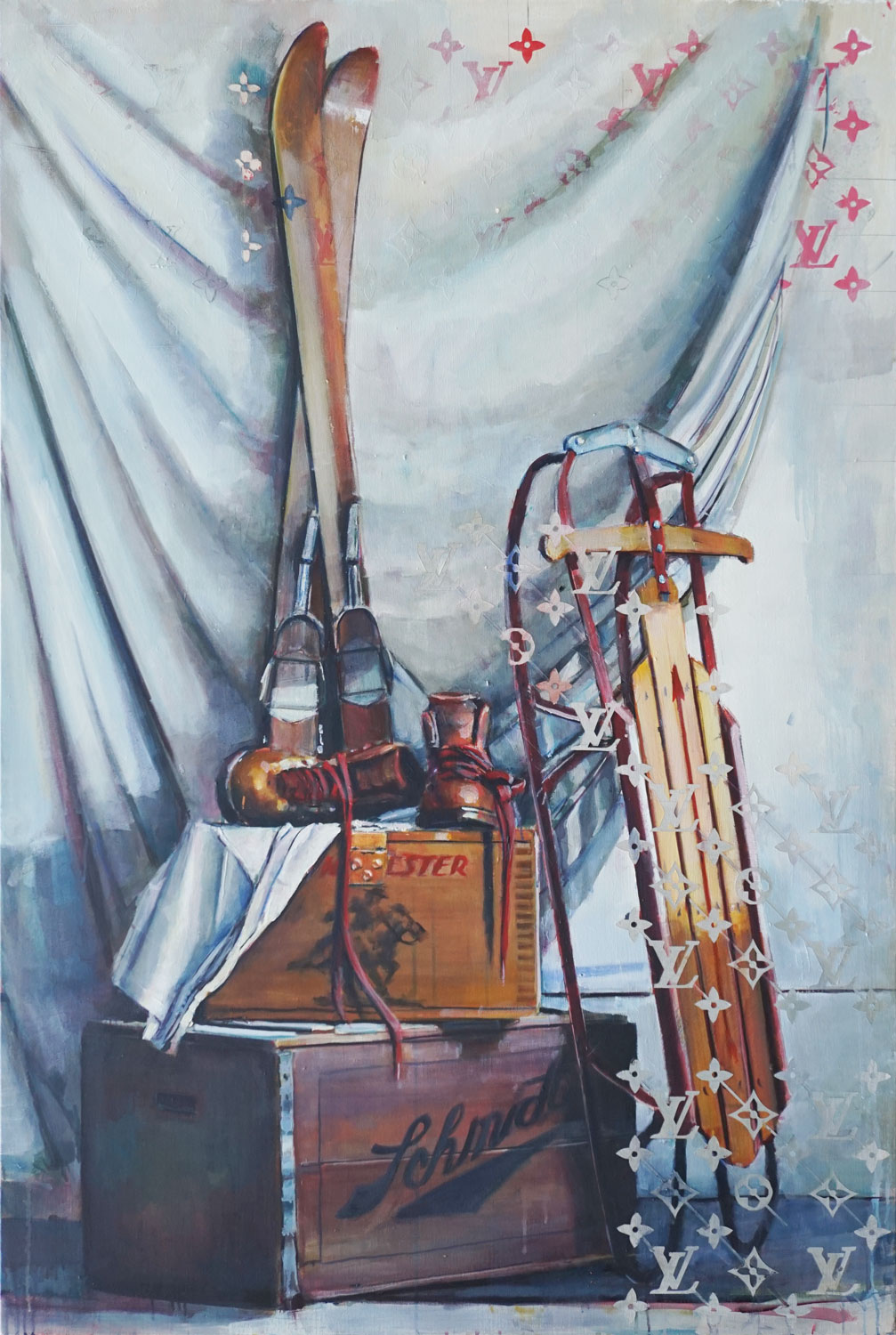

Let’s talk about resilience next – do you have a story you can share with us?
In my experience, maintaining a professional art practice is more about persistent daily commitment than singular acts of resilience. A production heavy artistic career has to be self motivating and self fulfilling. You have to love making the work simply for the act of production.
A successful job in the arts can be a selfish lover. It will exhaust you, steal your time, drain your bank account, and tax your emotions and if you don’t absolutely love it, there is no point. It can’t be for the end result, some later payoff, or social clout bc you’ll never hack it, its too demanding.
I love painting. I love the actual “brush on canvas” time, it’s the only time I am at peace. Spending so much time in front of the canvas is the only thing that makes all the other shit creative types are forced to take on worth it.
So, with that in mind, the most powerful resilience is simply this: continue, every day. Everything in your life will try and keep you from your thing, but when the dust settles its the ones who are still in the studio that succeed.
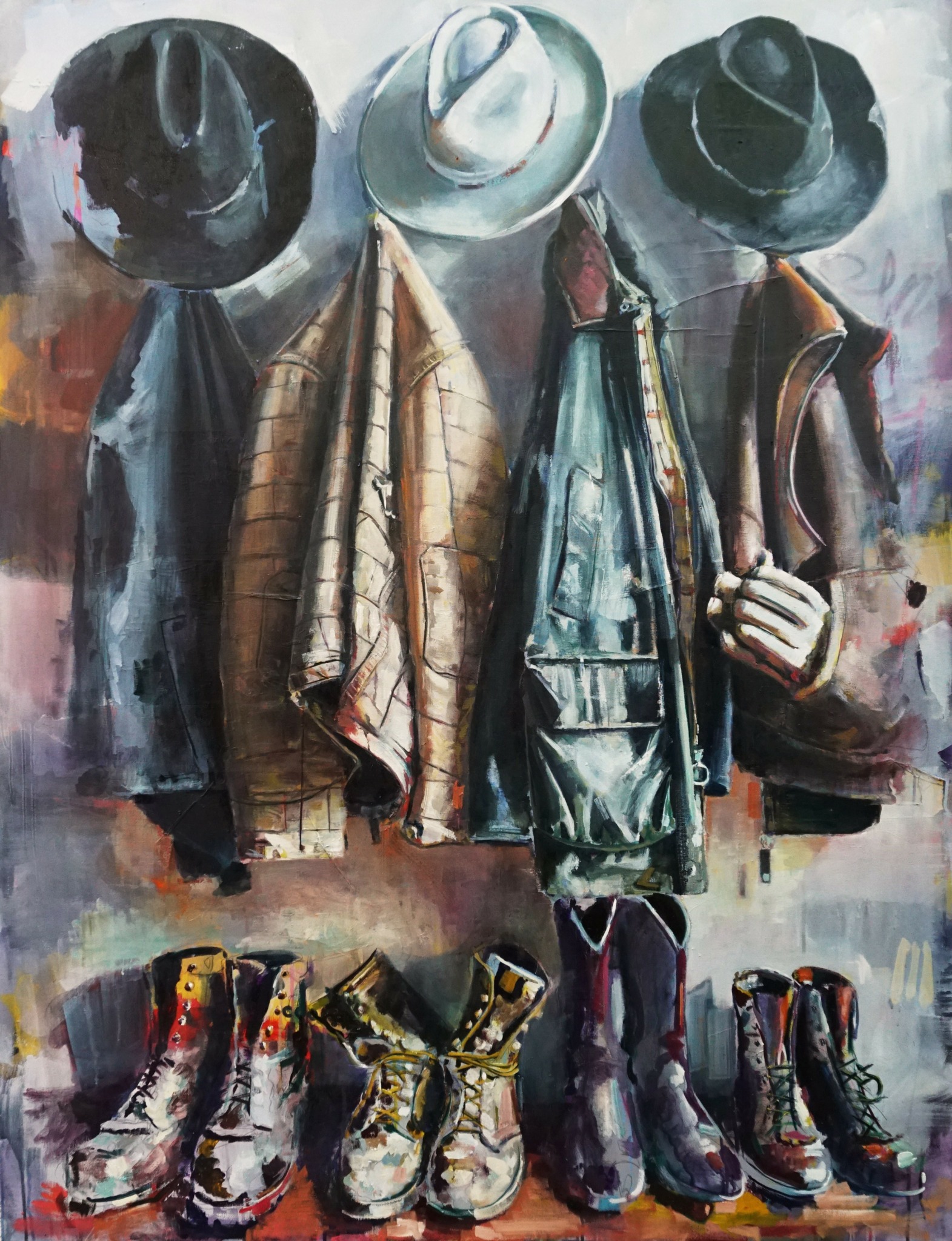
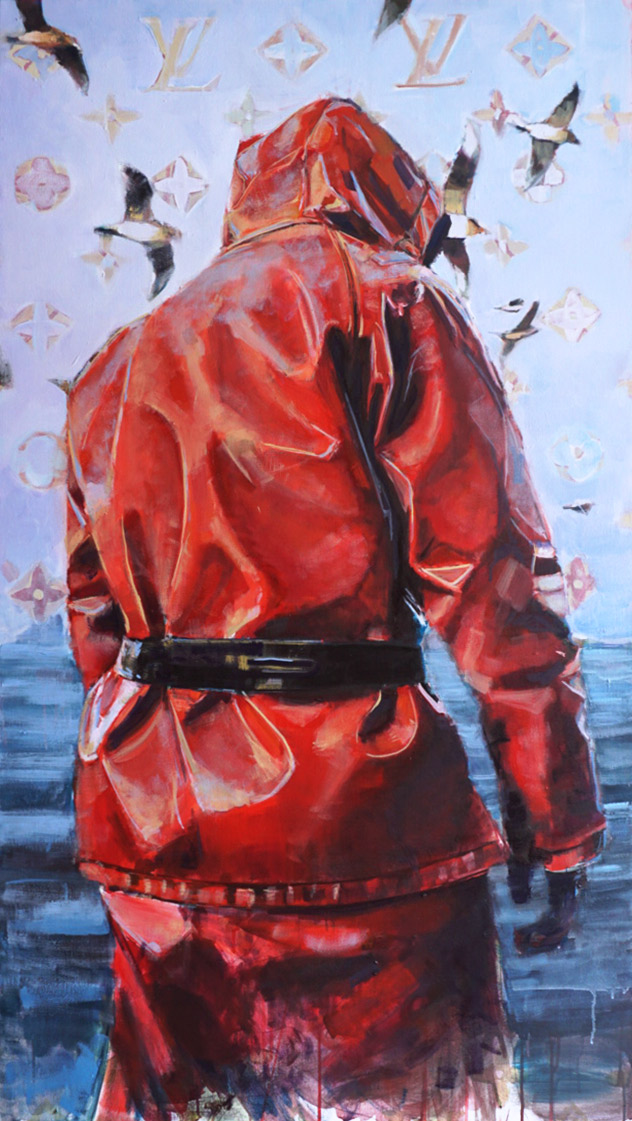
We often hear about learning lessons – but just as important is unlearning lessons. Have you ever had to unlearn a lesson?
One lesson I had to unlearn was the idea that you can’t make money as an artist. Growing up, I was told a career in the arts wasn’t financially viable. However, being raised in an affluent community, I also saw that art has a financial dimension and that there are people who deeply value and invest in it. Seeing collectors, galleries, and other artists who made careers from their work made me realize that it is possible to be an artist and make a living.
I’ve found that pursuing a creative career isn’t just about mastering technique; it’s also about navigating the realities of the art market and treating it as a business. Building a sustainable career as an artist takes more than just passion—it takes strategy, professionalism, and consistency. I had to unlearn the myth that financial success and creative success are incompatible.
Contact Info:
- Website: https://tuckereason.com
- Instagram: https://instagram.com/2kreason
- Facebook: https://facebook.com/tuckereasonart
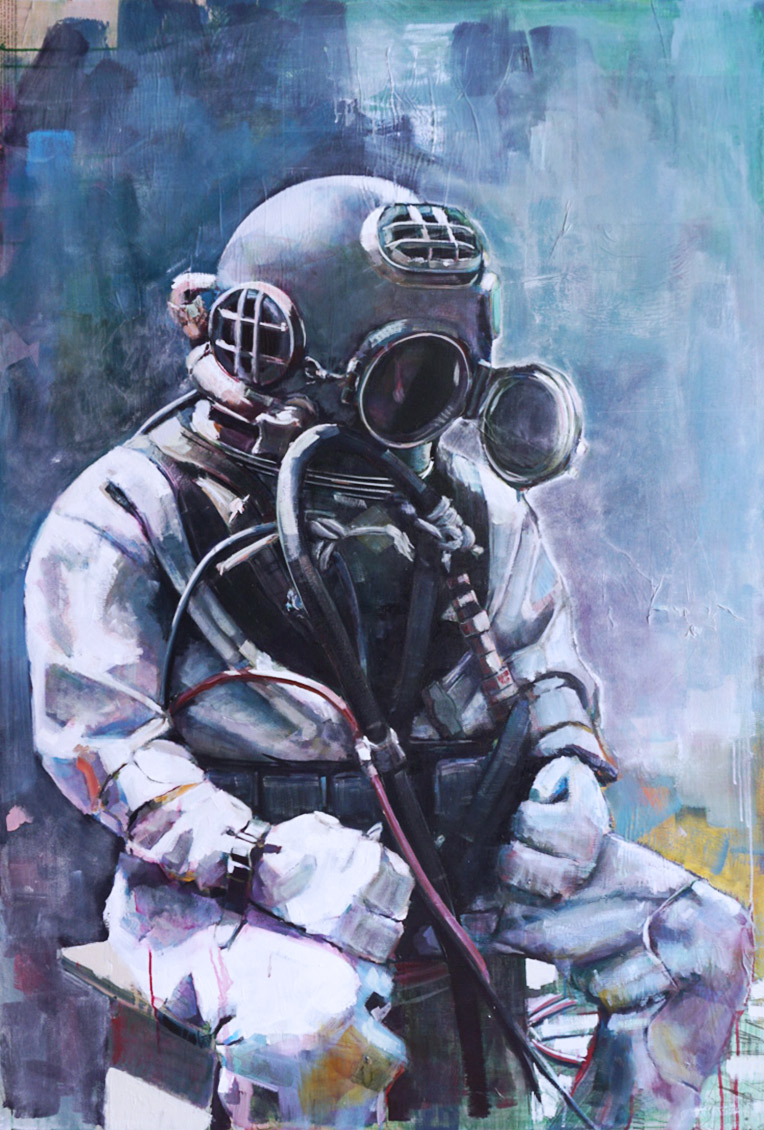
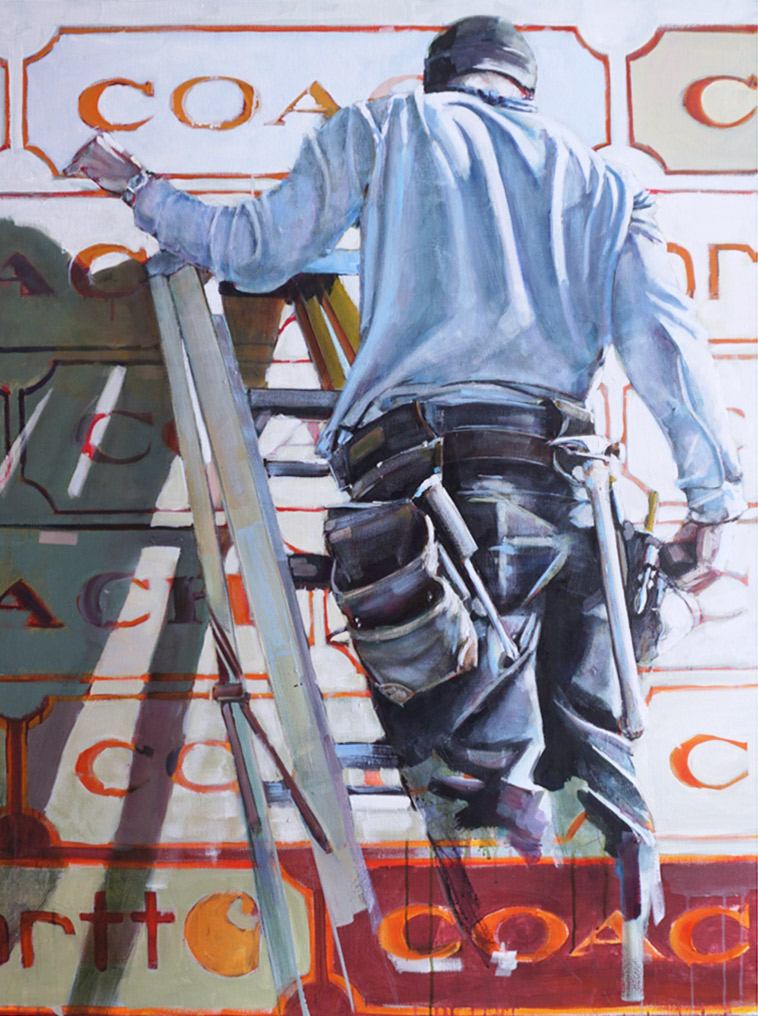
Image Credits
Photos: Tucker Eason


